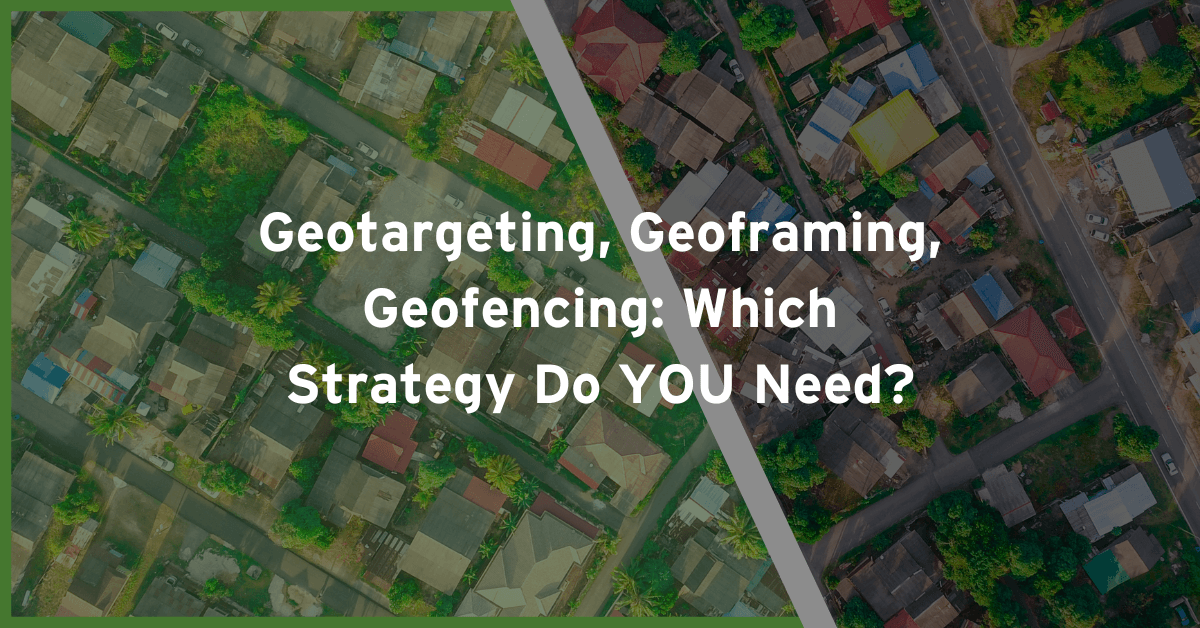Retailers, why pay attention to retail analytics? More data than ever is at your fingertips. We’re living in the “Age of With,” meaning humans living along with data and machines. Over 90% of all data on this planet appeared in the last 2 years.
Yet here’s the pivotal question: Do you know exactly what to do with all your data?
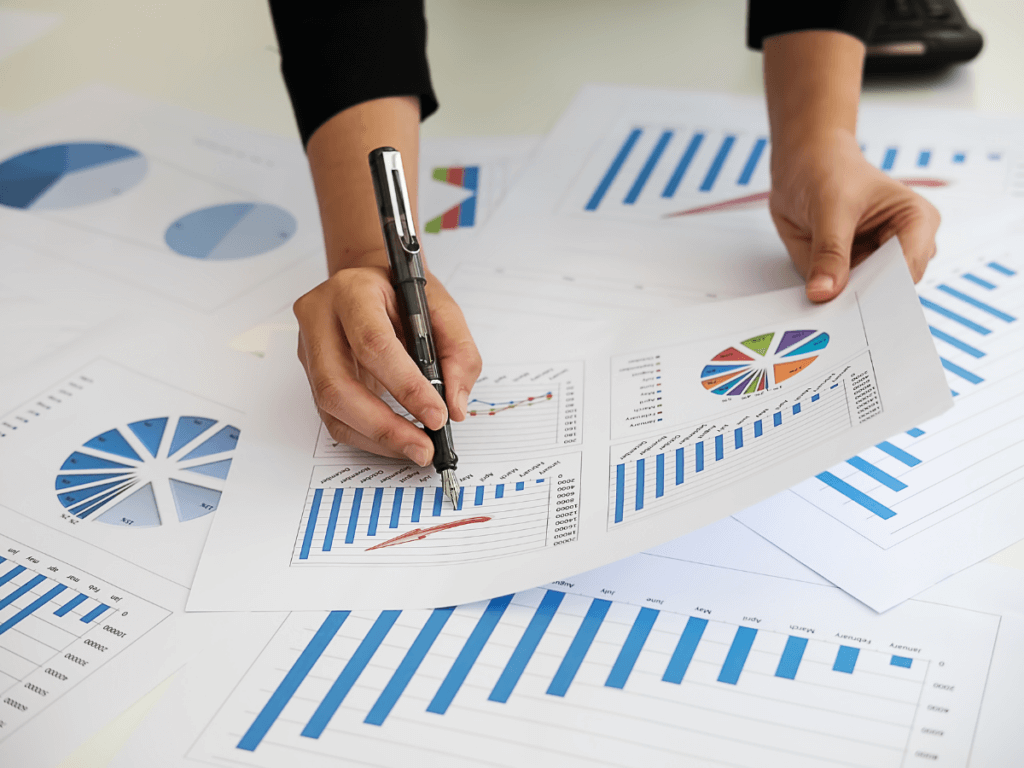
Deloitte surveyed 1048 companies. While most of them gather data, 62% still rely on manual spreadsheets to make their business decisions. In contrast, 26% use company-wide standard tools to analyze their data. Of this smaller group, 80% exceeded their business goals last year.
Obviously, gathering data isn’t enough. The right analysis helps you make the decisions crucial for your business’s survival.
Why is this, and where do you start?
Good data analysis is critical to understanding retail analytics
Maxime Cohen, the Scale AI Research Chair in Data Science for Retail at McGill University, explains why. He says the right analysis is like having “binoculars into the future.” Cohen feels this ability will also guide you to make the right decisions and get more profit now.
There’s even more evidence in his book, Demand prediction in retail: A practical guide to leverage data and predictive analytics.
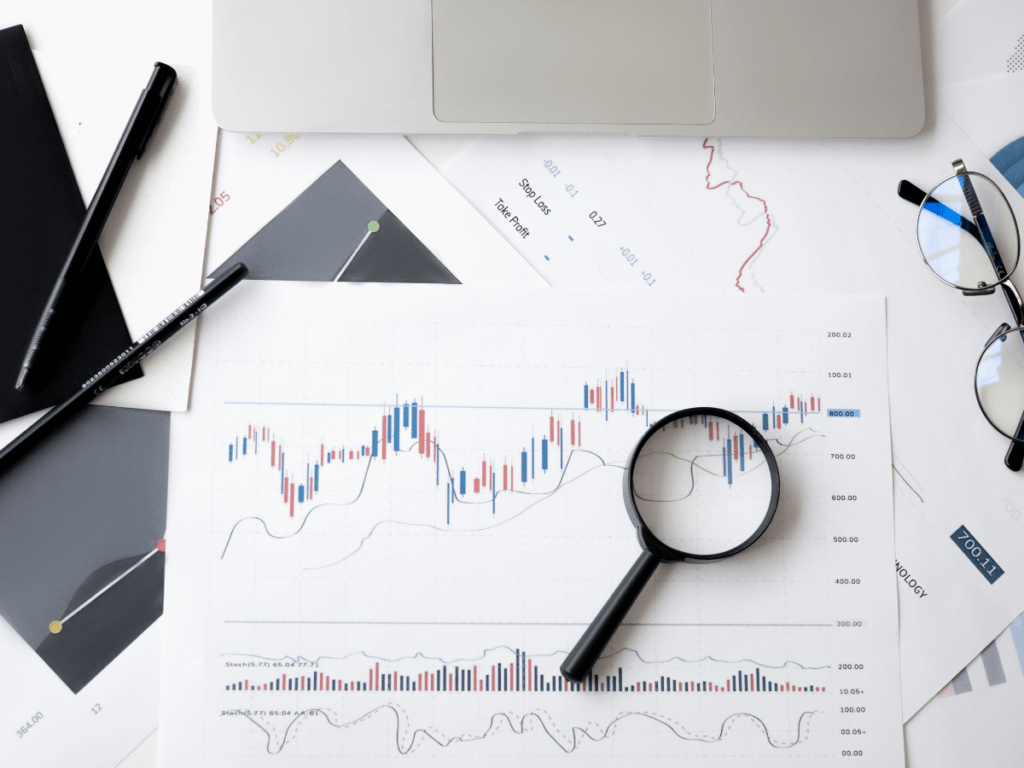
Most retailers admit they don’t know how to analyze retail sales data.
Alteryx (a data science firm) and RetailWire (a retail knowledge forum) surveyed 350 retailers. While 81% gather data, and 76% believe it’s important, only 16% feel they’re expert data analysts.
The other 84% described themselves as “newbies” or “getting there.” What about you?
How do you start building this skill to understand your retail analytics?

It helps to start with a quick overview of the 4 different types of data analytics for retail:
- Descriptive – answers what happened. (“What were our sales for the past month?”)
- Diagnostic – answers why it happened. (“Why did our sales increase from the previous month?”)
- Predictive – answers what will happen. (“What will store sales be during the holiday season?”)
- Prescriptive – answers what you should do about it. (“Based on predictions, ship this much product.”)
Strive to use all 4 types. There’s a difference between data, analytics and insight.
Learn what reporting your POS system provides
Point-of-sale (POS) systems don’t just ring up sales. They should report profit margins, basket sizes, customer counts, sales trends, when and what to restock, as well as profitable products and suppliers.
Here’s how 3 business owners use their POS data:
- Andrey Pronin, the owner of Podarok, an England-based retailer selling hand-made gifts, gathers sales reports by month, period and hour. He uses this to predict next year’s sales, staffing and inventory.
- Jeffrey Tan, owner of Dish The Fish, in Tiong Bahru, Singapore uses his reports to recommend new products to customers.
- Rieva Lesonsky, CEO at GrowBiz Media adjusts staffing and store hours based on sales reports.
Use the right metrics to send more profitable emails
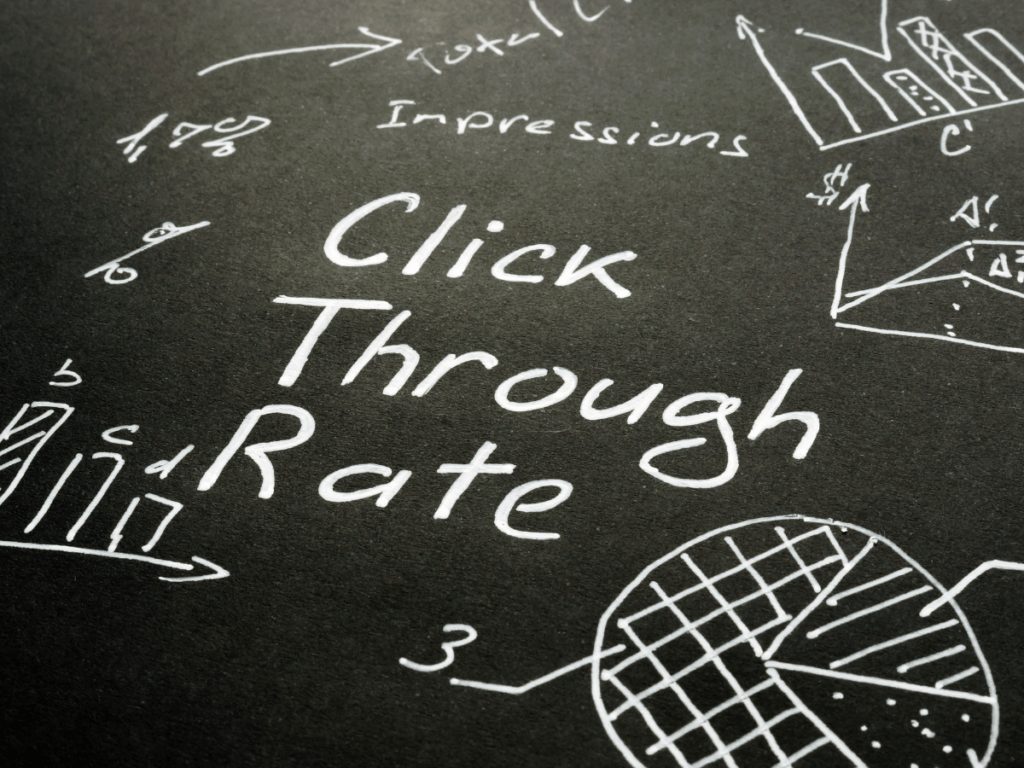
Watching your open and click-through rates, you can see which subject lines and calls to action work best. Examining when they opened your email can help you pick better times to send future emails.
Encourage your customers to share details
Just gathering data in the background could seem creepy. On the other hand, inviting your customers to respond to surveys and similar queries can build trust and open a conversation.
For example, EnfaGrow uses its email signup form to ask moms about their due date or the age of their baby. Can you see how this could help EnfaGrow send the right offers at the right time?
How can you use foot traffic data while studying your retail analytics?
Canadian convenient store chain Couche-Tard monitors customer movement through their stores. Simple people counters and beacons provide this information while fully preserving consumer privacy.
Knowing where customers spend the most and least time, the company can give customers a better experience and sell more.
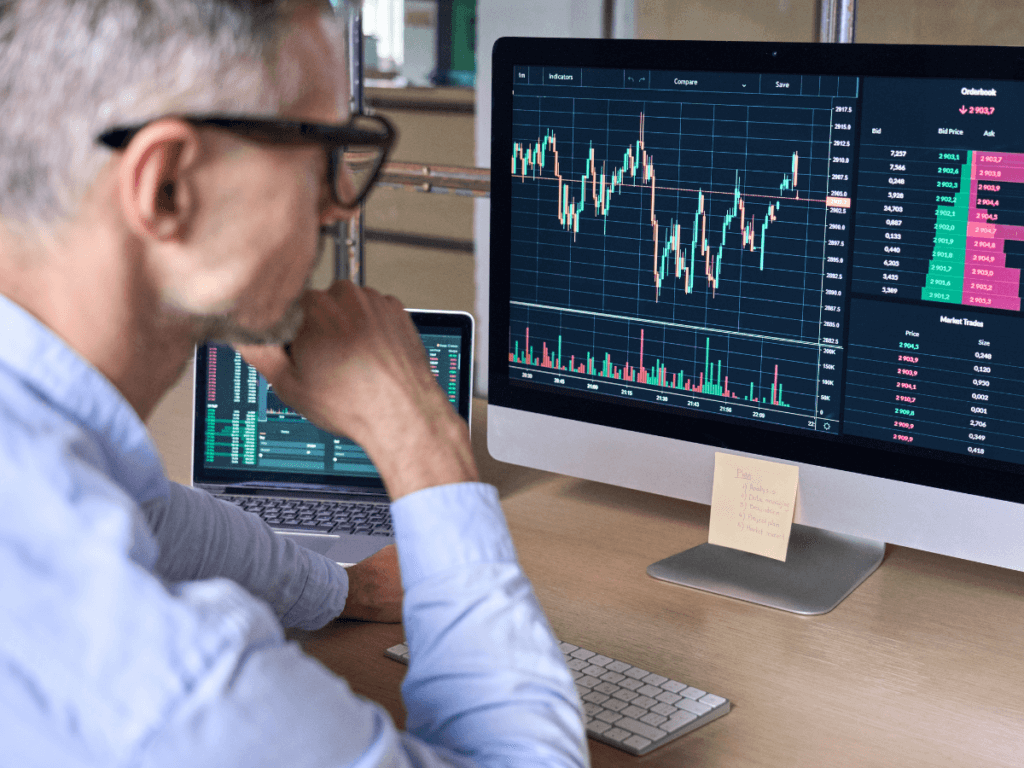
How to analyze historical data
Look for your bestsellers last week, month and season. Which customers spent the most? Who were the most popular suppliers, makers or designers? This tells you what to order and promote.
Another example: some use their pre-pandemic customer list to reconnect with those buyers again.
Mix and match reports
Number of sales and foot traffic are separately useful, but when combined, you learn your conversion rate: the number of store visits versus the number of people who bought.
Total revenue divided by number of transactions exposes your average order value: how much people are spending.
Focus on what matters most to your goals. As an example, to increase sales and staff engagement, find out your sales per associate.
Why apply human insight to your online and offline data?

Barney’s executive vice president, Matthew Woolsey, told the Washington Post that most fine jewelry customers who bought in-store had browsed online first.
Let’s say you monitor foot traffic. You find that people only go to the front of the store. You could ask associates why they think this is.
Would it help to relocate some products? Is there some way to help your associates sell more?
What tools are the most useful for digesting your retail analytics?
Tools like A/B tests can help you compare two or more offers, products, times of day, etc. However, your own mindset and company culture are even more valuable.
Cohen, cited earlier, says business managers and leaders need to get more comfortable using field experiments to make decisions.
He recommends hiring “someone that reports directly to the CEO and can understand all the untapped opportunities in terms of leveraging data analytics.”
What do all of these retail analytics mean for you?
Gathering data is important, but transforming this data into useful decisions can mean life or death for your business.
Are your decisions based on real data and experiments? What about hiring an expert in retail analytics? Will you be ready to implement their findings?




